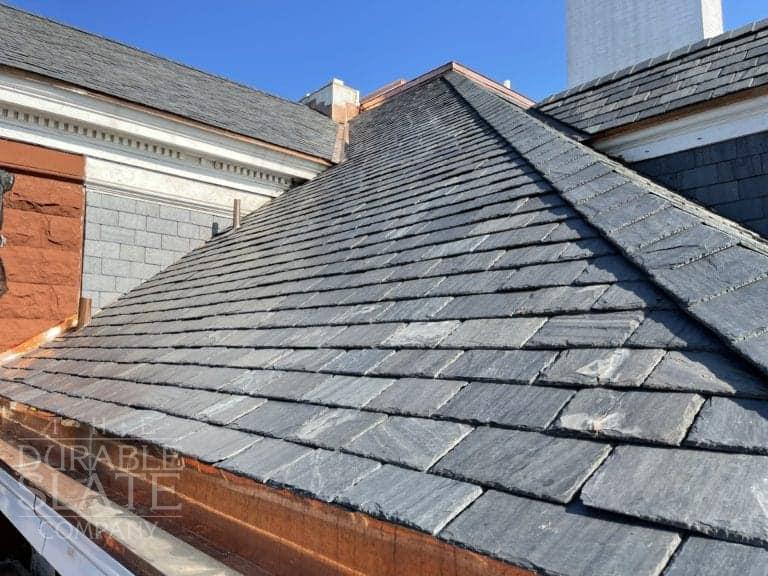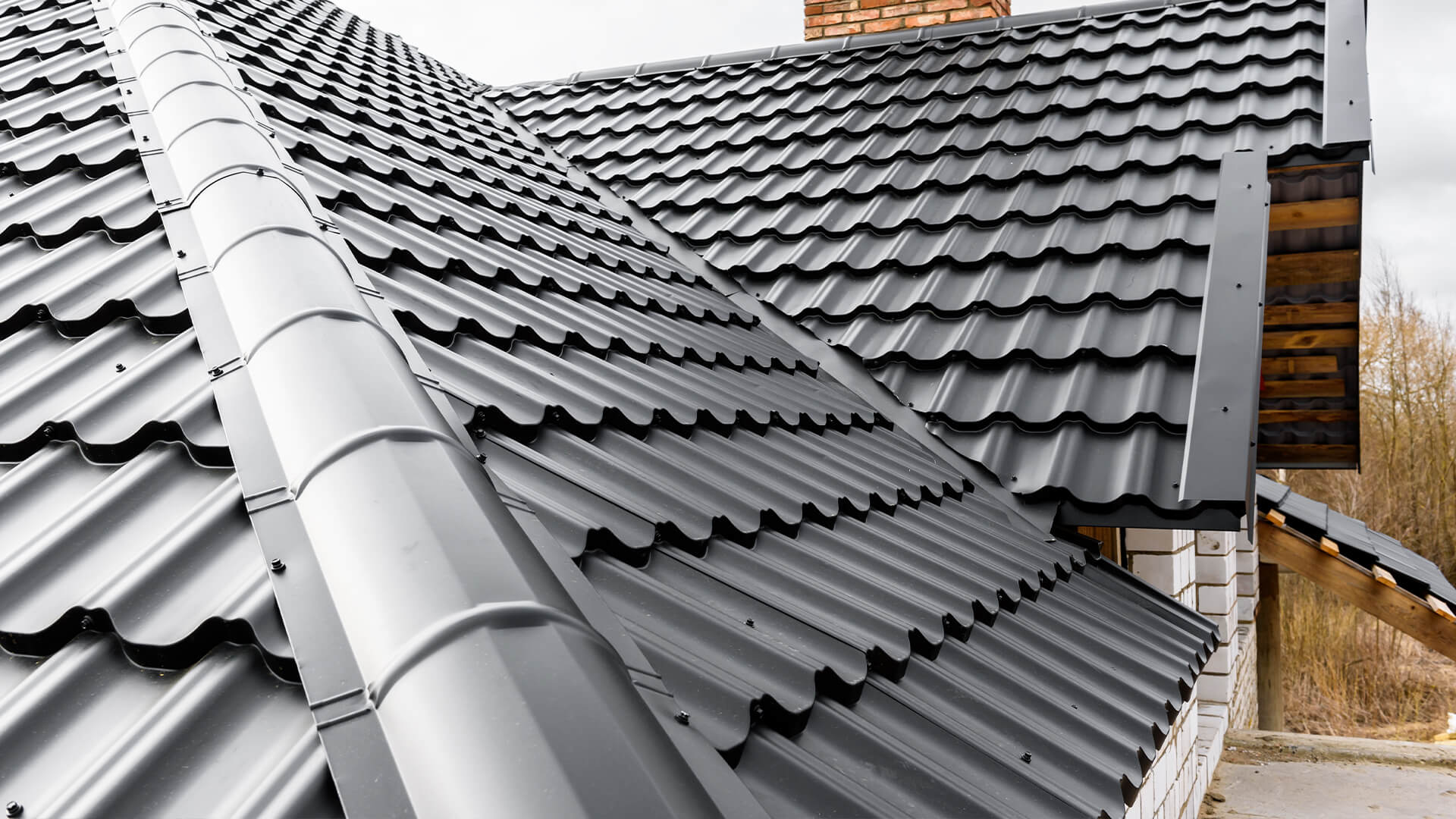Necessary Inquiries to Ask Gainesville Roofing Companies Prior To Hiring
Necessary Inquiries to Ask Gainesville Roofing Companies Prior To Hiring
Blog Article
Finest Practices for Ensuring Appropriate Roof Covering Ventilation
Making certain proper roofing ventilation is vital for the long life and efficiency of a roof covering system. A balanced intake and exhaust air vent ratio, frequently 1:300, plays a crucial function, with intake vents ideally put at the lower side of the roofing for great air entry and exhaust vents at the optimal for warm air exit. Normal evaluations to recognize blockages and preserve clear air flow are paramount. Maintaining insulation away from vents is critical to avoid air flow limitation. Comprehending these foundational components sets the stage for even more detailed understandings right into installment and upkeep methods that can significantly improve your roofing system's performance.
Understand Ventilation Basics
Appropriately understanding ventilation basics is essential for making certain the longevity and efficiency of roof systems. Reliable air flow minimizes wetness buildup and temperature extremes in the attic, both of which can lead to substantial structural damages with time. A well-ventilated roofing system helps in protecting against usual concerns such as mold and mildew growth, wood rot, and ice dams, which can jeopardize the honesty of the roof covering products and the underlying structures.
The primary objective of ventilation is to help with the movement of air, enabling a constant exchange in between the interior and exterior settings. This balance is attained with a combination of consumption and exhaust vents that collaborate to maintain optimal air movement. Intake vents, normally located along the soffits or eaves, permit fresh air to enter the attic space, while exhaust vents, often located at or near the roofing ridge, allow warm, moist air to escape.
Trick aspects influencing the efficiency of roof covering ventilation consist of appropriate positioning, ample sizing, and making certain that both consumption and exhaust vents are unobstructed. Normal assessment and upkeep are important to determine prospective obstructions, damages, or inefficiencies in the air flow system, thus securing the roof's efficiency and resilience.
Kinds Of Roof Vents
Roof covering vents play an essential duty in maintaining reliable attic room air flow and, by expansion, the overall health and wellness of the roof covering system. Different kinds of roof covering vents are offered, each with special advantages customized to certain roof covering needs.

Soffit vents are mounted under the eaves and operate in tandem with roof vents to make sure a well balanced intake and exhaust system. By enabling cooler air to enter from below, soffit vents assist in the expulsion of warm air through upper vents. Gable vents, located on the exterior walls of the attic room, offer an additional effective solution, especially in homes with saddleback roofs.
Analyze Your Current Ventilation

Following, take into consideration the age and problem of your roof products and ventilation parts. Older systems might not follow present building regulations or may have degraded over time, lowering their efficiency. Conduct a comprehensive examination to identify any type of indications of wear and tear, such as corrosion, damages, or spaces that might jeopardize the system's efficiency.
Furthermore, gauge the attic room temperature and moisture levels. High temperatures and moisture can suggest insufficient ventilation.
Setup Best Practices
Reliable installment of roof covering air flow systems is extremely important for guaranteeing optimal performance and durability. Proper installment starts with recognizing the certain ventilation needs of the building and the check here roofing it covers. This includes calculating the proper proportion of intake to tire vents, typically sticking to the 1:300 regulation, which specifies one square foot of air flow for every 300 square feet of attic floor area.

Intake vents ought to be installed at the roofing's lower side, frequently in the soffits, to permit cool air to enter. Exhaust vents, on the various other hand, must be set up near or at the roofing system's top to help with the leave of warm, wet air.
Seal all air vent connections diligently to avoid air leakages and possible water seepage. Use top notch materials and adhere to supplier standards to ensure resilience and effectiveness. In addition, incorporating ridge vents with baffles can significantly boost air flow performance by preventing wind-driven rain and snow from getting in the attic.
Inevitably, precise setup of roof covering air flow systems reduces potential issues such as mold growth, ice dams, and architectural damages, ensuring the roof covering's honesty and the building's overall health.
Regular Maintenance Tips
Uniformity in upkeep practices is fundamental to making sure the long-lasting effectiveness of roof covering air flow systems. Normal examinations are important, preferably done biannually-- in the spring and loss. During these inspections, ensure that vents are without debris, nests, and various other obstructions that could hamper air movement. Look for any kind of signs of wetness build-up or mold and mildew, as these can show inappropriate air flow or leaks (roofing companies).
Use a soft brush or a vacuum to get rid of dust and debris from intake and exhaust vents. Be mindful not to damage the air vent screens or louvers during the procedure.
Proper insulation is just as vital. Make sure that attic insulation does not block the vents, as this can seriously restrict air movement. Rearrange or replace it to preserve an effective barrier. if any insulation has actually shifted or cleared up.
Finally, change any kind of damaged or missing out on components promptly. Busted vents, broken tiles, or tatty flashing can all contribute to have a peek at these guys poor ventilation and must be attended to immediately. Regular upkeep ensures that the roof covering ventilation system functions efficiently, consequently extending the life expectancy of the roof covering itself.
Conclusion
Making sure appropriate roof covering air flow is critical for maintaining the efficiency and sturdiness of a roof covering system. Adherence to the 1:300 consumption and exhaust air vent ratio, combined with the critical placement of vents, is vital. Routine biannual inspections, particles cleaning, and making certain insulation does not block air flow are vital practices. Implementing these finest techniques will certainly cultivate a well-ventilated roof, thereby minimizing prospective problems connected to moisture build-up and excessive heat, inevitably extending the roof covering's life expectancy.
A balanced these details consumption and exhaust air vent ratio, frequently 1:300, plays a critical duty, with intake vents preferably put at the lower edge of the roofing for amazing air entrance and exhaust vents at the top for warm air departure. Intake vents, normally situated along the soffits or eaves, permit fresh air to go into the attic space, while exhaust vents, frequently positioned at or near the roofing ridge, make it possible for hot, moist air to escape.
Soffit vents are set up under the eaves and job in tandem with roof covering vents to ensure a well balanced consumption and exhaust system. By permitting cooler air to go into from below, soffit vents assist in the expulsion of hot air with upper vents. Adherence to the 1:300 intake and exhaust vent proportion, paired with the critical positioning of vents, is important.
Report this page